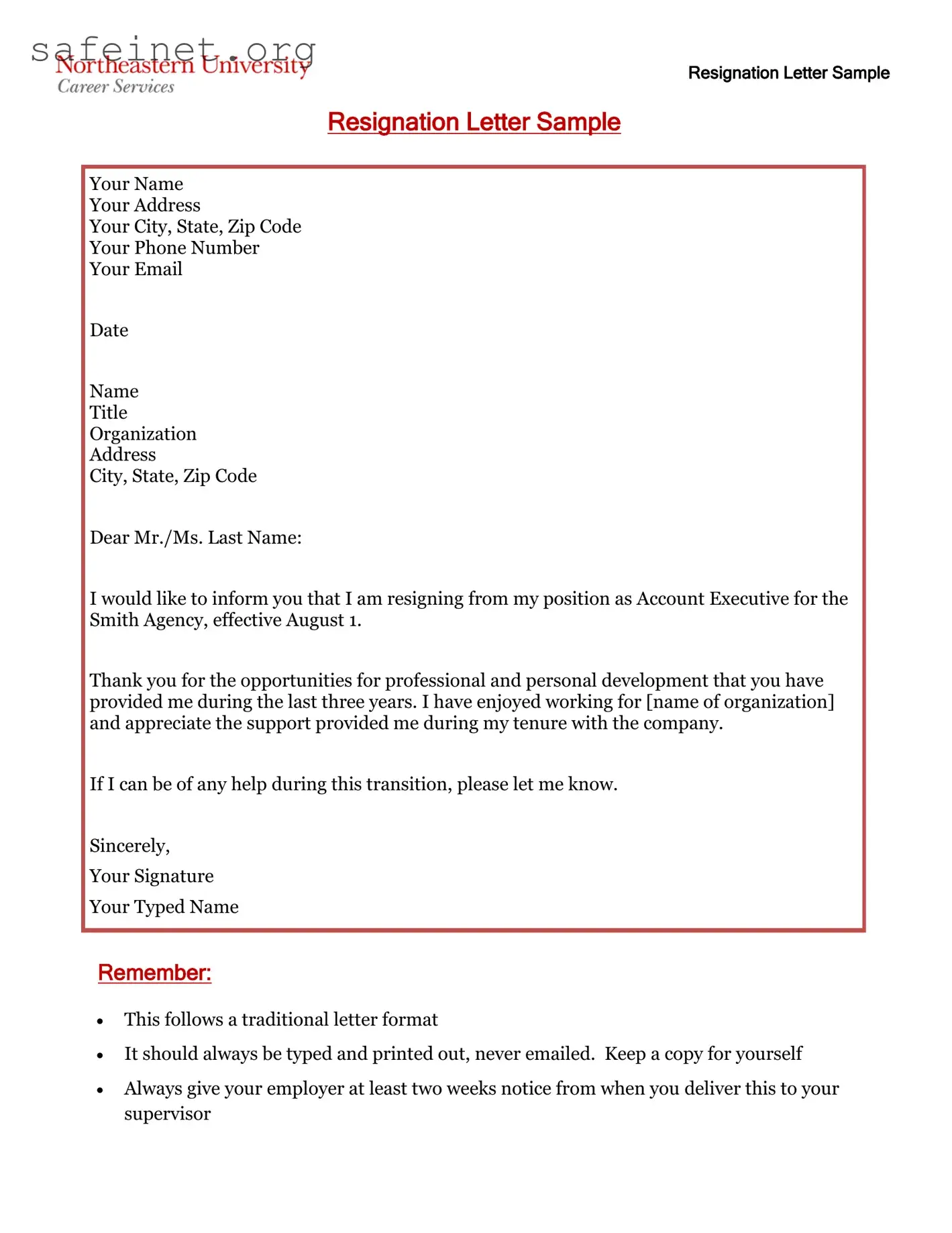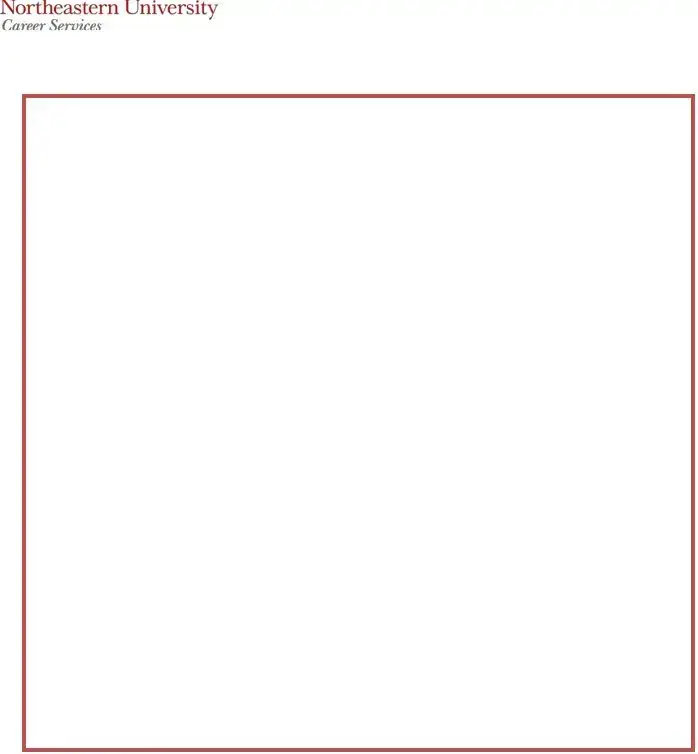What is a Letter of Resignation?
A Letter of Resignation is a formal document an employee submits to their employer to announce their intention to leave a position. This letter typically states the last working day and may express gratitude to the employer for the opportunities provided during employment.
Why is it important to submit a Letter of Resignation?
Submitting a Letter of Resignation is crucial for maintaining professionalism. It helps ensure a smooth transition and allows the employer to start the process of finding a replacement. Additionally, it can improve future references and preserve relationships within the workplace.
What should be included in a Letter of Resignation?
A well-crafted Letter of Resignation should include the following elements: your intention to resign, the specific last day of work, a brief statement of appreciation, and an offer to assist during the transition period. It’s best to keep the tone positive and professional.
How much notice should I give when resigning?
It is generally recommended to provide at least two weeks’ notice if possible. However, the amount of notice you should give may depend on the company’s policies or your specific job position. If you have a contract, check for any clauses that specify the notice period required.
Can I withdraw my resignation after I submit my Letter?
While it’s technically possible to withdraw your resignation, it can be complex. Once you've submitted your Letter of Resignation, the employer may have already started planning for your departure. If you wish to remain, communicate openly with your employer to discuss your situation as soon as possible.
Should I include a reason for my resignation?
Including a reason for your resignation is optional. If you feel comfortable sharing, you can briefly mention your reason. However, if your departure is due to negative experiences at work, it's advisable to keep your explanation general and focus on the positive aspects instead.
How should I deliver my Letter of Resignation?
It is best to deliver your Letter of Resignation in person, if possible. This allows for a respectful and professional conversation. If an in-person meeting isn't feasible, sending the letter via email can also be acceptable, but ensure it's addressed properly and received timely.
What if I have a negative relationship with my employer?
Even if your relationship with your employer is not ideal, it's still important to resign professionally. Focus on the facts in your Letter of Resignation. Maintain a respectful tone and avoid venting frustrations. Keeping the letter positive can minimize potential complications in the future.

